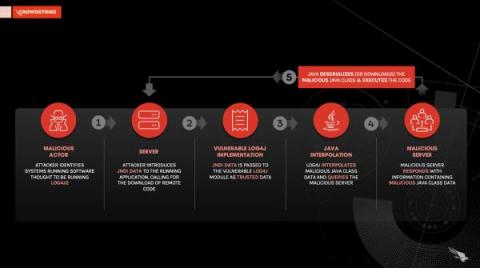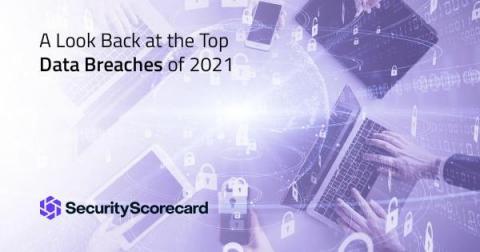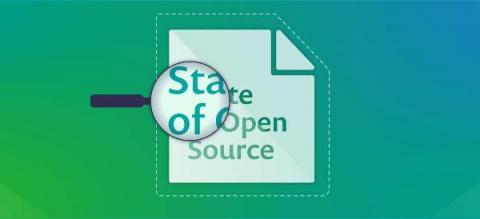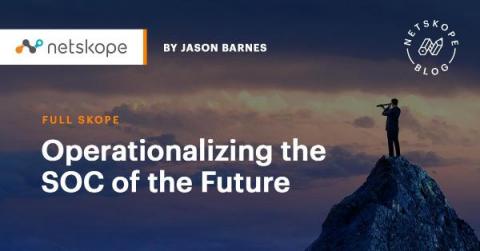Security | Threat Detection | Cyberattacks | DevSecOps | Compliance
Security
Baselining and Hunting Log4Shell with the CrowdStrike Falcon Platform
Note: This post first appeared in r/CrowdStrike. First and foremost: if you’re reading this post, I hope you’re doing well and have been able to achieve some semblance of balance between life and work. It has been, I think we can all agree, a wild December in cybersecurity (again). At this time, it’s very likely that you and your team are in the throes of hunting, assessing and patching implementations of Log4j2 in your environment.
A Look Back at the Top Data Breaches of 2021
This past year was a banner year for cybercriminals. By the end of September, the Identity Theft Resource Center (ITCR) reported that the number of breaches that had taken place over the first three quarters of 2021 had exceeded the total number of breaches in 2020.
It takes a community: Responding to open source criticism post-Log4Shell
The last week has been a wild ride for just about everyone in the technology world due to the public disclosure of the Log4Shell vulnerability. As a developer security company, Snyk has built our business around proactive automation to identify and fix security issues in applications. To say we’ve been busy this week would be an understatement.
Holiday shopping? Get an amazing 75% discount offer? A case study on evaluating a special holiday sale
Malicious actors always try to be creative and find new ways to trick people into a scam. In this case a new website is offering 75% discount on all Timberland shoes. The information looks almost identical to the original page, but when looking closer questions start to pop.
Log4Shell or LogThemAll: Log4Shell in Ruby Applications
The notorious Log4Shell vulnerability CVE-2021-45046, has put Log4j in the spotlight, and grabbed the entire Java community’s attention over the last couple of weeks. Maintainers of Java projects that use Log4j have most probably addressed the issue. Meanwhile, non-java developers are enjoying relative peace of mind, knowing that they are unaffected by one of the major vulnerabilities found in recent years. Unfortunately, this is an incorrect assumption.
Creating New Office Files
COVID-19 Phishing Lure to Steal and Mine Cryptocurrency
Recently, we observed a malware spam campaign leveraging the current COVID-19 situation. The emails were sent from a compromised mailbox using a mailer script. The message contains a link leading to a Word document. The email takes advantage of a COVID-19 test mandate as a pretext to lure the unsuspecting user into clicking the link and downloading the document. Figure 1. COVID-19 themed malspam with link to the malicious document.
Operationalizing the SOC of the Future
As technology continues to change rapidly, and so do the tactics cybercriminals use. Responding to these changes requires adapting your security operations center (SOC), or eventually, you may encounter a security incident. Security is a journey, not a destination. You don’t just become secure and move on to another project. Instead, you continuously observe, adapt, and improve.











